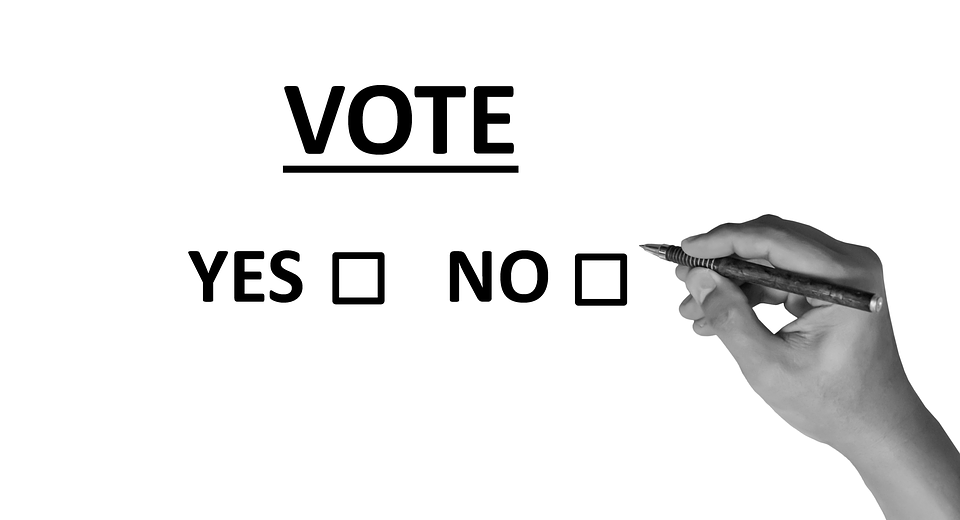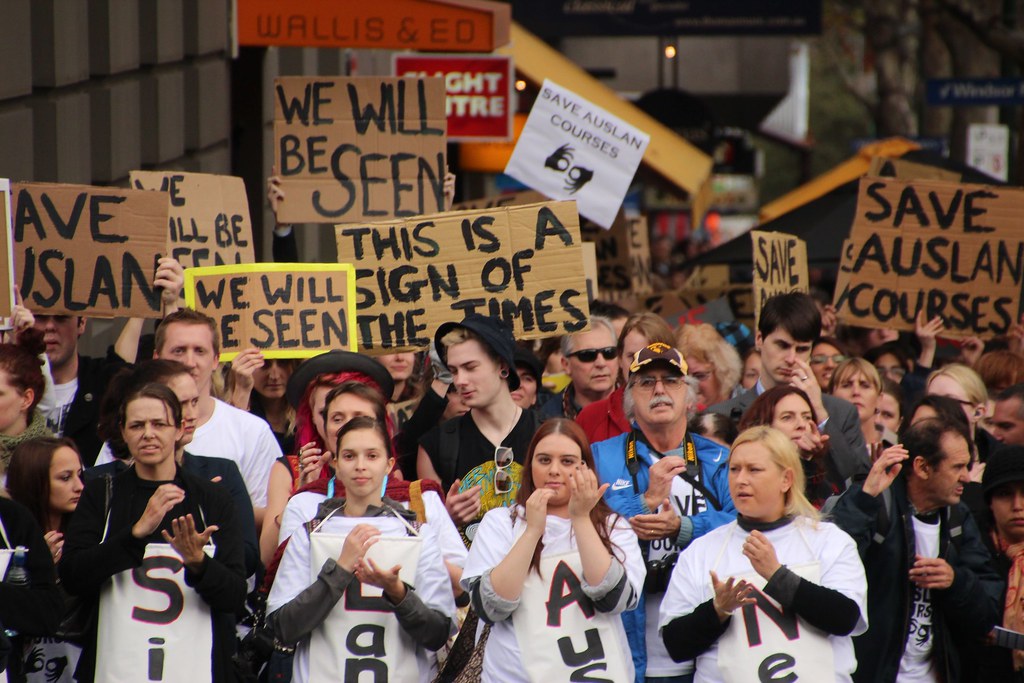Pamela DeLargy provides an overview of irregular migration from African countries to Europe, while exploring emerging trends of migrating Africans and the patterns revealed by the onward movement of refugees once they reach Europe.
This post is part of our series African Perspectives on Migration looking at the theme of irregular migration.
The media focus on the dramatic journeys of Syrians to Europe neglects another set of journeys that are at least as dramatic and actually much more deadly. Thousands of people are also coming from Africa, crossing the Sahara to Libya in hopes of surviving an expensive but dangerous Mediterranean crossing to Italy. Indeed, until mid-2015 when the attention turned to the mass arrivals of refugees in Greece, it was Italy that had been coping almost alone with the increasingly desperate “irregular” Mediterranean crossings, almost all of which were from north African shores.

Long before the photos of Aylan Kurdi, another tragedy had shocked Europe’s humanitarian conscience. The shipwreck off Lampedusa in October 2013 which resulted in the death of over 300 Eritreans and Somalians galvanised public opinion. The iconic images of the ship underwater and of the coffins lined up in a Sicilian warehouse were ubiquitous in the media, prompting concern by a wide array of politicians (and the Pope) that Europe had lost its humanity. Italy responded by establishing the Mare Nostrum naval search and rescue mission which saved thousands over the next year. Then the EU Triton programme took over Mediterranean search and rescue and even private rescue ships joined in. But thousands continue to perish (including in two more major shipwrecks in April 2015). Last year, at least3771 people died in the Mediterranean, almost all of them lost on the Libyan route. For every 100 people who arrived in Italy, there were at least two who died. This number is certainly an underestimate since many boats go down with no record at all. And it does not take into account those who have died on the way to Libya; the 48 bodies found on the Niger border in June were one dramatic example of how deadly the Saharan journey can be. The numbers also do not include those who have gone missing in Libya itself, now a hellish place of exploitation, violence and extortion by smugglers, abduction and detention by armed groups, and where the presence of ISIS has added to the dangers, as seen in the beachside execution of Ethiopian and Eritrean captives.
Who is travelling and why?
In previous times, Europe often served as a site for African seasonal or temporary employment and there was much freer movement between regions. As possibilities for legal means of migration to Europe have become more and more restricted since the 1990s, especially for those seeking jobs ( “economic migrants”), the use of illicit means of transport has increased. And although all European countries recognise the rights to asylum set out in the 1951 Refugee Convention, few have taken any significant numbers of refugees through the established UNHCR programmes for third country resettlement. In order to request asylum in any EU member state (which is completely legal), a refugee must physically reach Europe. Without a visa, no-one can board a regular commercial flight or a ferry. So even for refugees the only way to reach Europe to ask for asylum is to use illicit means, engage with smugglers, and take a life-threatening sea crossing. The increasing securitisation of the borders of “Fortress Europe” has not reduced the migration but has only made it more dangerous.

There are currently three main routes of “irregular” migration from Africa to Europe: from West Africa through Morocco to Spain, from West and Central Africa through Agadez to Libya, and from the Horn of Africa to Libya through Khartoum (see the map). Recently, there has also been an upsurge in smuggling from the Egyptian coast, as well.
Over the past five years, the numbers of arrivals in Europe from North Africa have been significant even as the demography has changed. The Spanish route has become less active (about 3000 arrivals in 2015) due to the agreements between Spain and Morocco and Senegal on border management and returns. But in Italy and Malta, over 170,000 arrived in 2014 and over 150,000 in 2015. Eritreans seem to play the single greatest role in the African migration to Europe. In 2013, 7500 Eritreans and 3000 Somalis arrived in Sicily and in terms of overall European asylum requests, Eritreans were the second biggest group after Syrians. By 2014, Syrians (most of whom had lost residency in Egypt after the new regime came to power) had joined the groups leaving from Libya, as well but in 2015 Syrians tended to use the safer Egyptian sea route, leaving the Italy route again to those arriving from West Africa and the Horn. Last year, according to IOM, Italy saw the arrival of migrants and refugees from a dozen countries. The main countries of origin were Eritrea, Nigeria, Somalia, Sudan, Syria, Gambia, Mali, Senegal, Bangladesh and Ghana.
It seems, however, that new routes are also being used. Almost 5000 people from African countries (mostly Somalians) registered as refugees in Serbia or Kosovo last year, indicating that some are starting to take the Balkan routes used by Syrians. Some are also settling in Turkey and a few have even taken the sea route to Greece recently.
Looking at the data of actual African refugee asylum applications in the EU states for 2014, Eritrea led with almost 50,000, followed by Nigeria, Somalia, Gambia, and Sudan. (Within these numbers, perhaps the most surprising thing is the heavy presence of Gambians.) In 2015, data through November shows Eritrea (over 44,000), Nigeria (28,000), Somalia (24,000), and Gambia (12,000), with Senegal, Sudan, Mali, Ethiopia, Morocco, Guinea and Libya following with over 5000 each.
The onward migration of Africans arriving in Europe shows interesting patterns, as well. It seems clear that the levels of knowledge of national asylum or employment policies, the intensity of social contacts and information through social media, and the role of previous community migration affects the planning of many migrants and determines their choice of destination. Some arrive with a set destination in mind and a determination which guides their every move. Others arrive with vaguer goals. Eritreans and Somalis, for instance, hardly ever remain in Italy (despite the colonial connections) and immediately move onward, mostly to Scandinavia or Germany. But a surprising proportion of Eritreans settle in Switzerland – almost 10,000 last year. Does this reflect earlier migrations there? Sudanese generally hope to reach the UK (over 20% have asked for asylum there) but this is very difficult now so a surprising number have settled in France – over 40% in 2015. Presumably they were en route to UK, got stranded in Calais and finally gave up trying to cross the Channel? The Gambians and Malians, on the other hand, seem happier to stay and seek settlement in Italy, despite the language differences. This could be because Italy seems to have better possibilities for those who are not clearly political refugees; Italy offers a variety of types of residence permits, including temporary work and humanitarian visas in addition to actual asylum applications. Some nationalities who are less likely to get political asylum in Europe are best off staying in Italy.
A few years ago, the African migrants to Europe were predominantly young men but nowadays there are more and more young women and also families with children (especially among Eritreans). A worrying trend in 2015 was the arrival of an increasing number of unaccompanied minors, especially Eritreans, but also a large number of Egyptian youth (from specific villages, it seems). The factors leading to this change deserve attention. Is sending children out now a family livelihood strategy in some communities? How much is organised crime involved and what are the risks to the children? The increasing number of Nigerian women arriving also may be associated with trafficking and implies serious protection needs.
African migrants and refugees are coming from very different situations – the young Gambian journalist may have different reasons for leaving his home than the unemployed Ethiopian high school graduate. Neither of them might be considered a political refugee according to the 1951 Refugee Convention but they share both the same desperation and the same aspirations as the Darfur mechanic displaced by war or the young Eritrean refugee leaving boredom and destitution in a camp in Sudan. They are all seeking simply to live a life with dignity, to study, to work and earn a living, to help their families. The measure of their desperation is that they engage with smugglers knowing full well the dangers involved in the journeys. Many have already lost friends or relatives and yet they forge ahead. In some cases, their families have made heavy sacrifices to finance the journeys.
It is not yet clear what is happening to these new arrivals. As asylum policies change in various countries, how are those gaining asylum faring in terms of livelihoods or integration or what is happening to those who are denied? Huge funds are being spent on deportations from Europe. What happens to the deportees? What about those who are not given asylum but who cannot be returned to their countries? (eg. recent ECHR rulings that France cannot return Darfuris to Sudan) And how has the huge influx of Syrians and others into Europe affected the treatment of African refugees and migrants? Is Islamophobia an issue? What about the social dynamics? What is happening to all the young men without their families?
All too many who eventually arrive in Europe after these journeys are traumatised and in need of care they mostly do not get. And even after arrival, many continue to face racism, abuse, humiliation and insecurity. Even those who are fortunate to make the journey safely and who gain asylum and employment fairly smoothly are often lonely and under great pressure to support the family back home even as they struggle to find a place in a new country. What are the economic and social implications for their well being and for the communities they left? And for both Europe and Africa?
Pamela DeLargy is currently Special Advisor to the UN Special Representative for Migration. She is a specialist on the Horn of Africa. Follow her on Twitter @umasalam.
This blog originally featured on the Africa at LSE blog on 12 January 2016. Read more articles from our series, African Perspectives on Migration.





